Particularly active during the late 1960s and early 1970s under the direction of Luciano Vistosi, Italian glass manufacturer Vistosi is known for its collaborations with cutting-edge Italian designers like Gae Aulenti, Vico Magistretti, and Angelo Mangiarotti.
The origins of the Vistosi company can be traced to the 16th century, Murano-based glassmaking family of Vincenzo Gazzabin. Though the Gazzabin family was productive for centuries, the decline of the Venetian Republic in the 19th century interrupted the glass-blowing industry in the region. In 1945, Guglielmo Vistosi, an heir of Gazzabin, re-established the family glassworks under the Vistosi name. Guglielmo passed away in 1952, and was succeeded by his brother, Oreste, and two sons, Gino and Luciano.
Born in Venice, Luciano Vistosi (1931-2010) grew up in Murano with the aspiration to create products using the latest techniques and aesthetics. He began designing his own glass collections—some of which are still in production today—under the pseudonym Michael Red. In 1968, he had his first exhibition at the Alfieri Gallery in Venice. At the end of the 1960s, he concentrated on blown-glass sculptures. Iconic works by Luciano include the lighting fixtures Neverrino (1960s), Bissa (1968), Bissona (1968), and Onfale (1978).
From the 1960s onward, Vistosi collaborated with some of the most celebrated names in design, such as Gae Aulenti (1927-2012), Liisi Meronen Beckmann (1924-2004), Adalberto Dal Lago (b. 1937), Michele De Lucchi (b. 1951),Vico Magistretti (1920-2006), Alberto Meda (b. 1945), Eleonore Peduzzi Riva (b. 1937), Ettore Sottsass (1917-2007), and Marco Zanuso (1916-2001). Although most of the pieces from these collaborations are well documented, Vistosi’s many eccentric one-offs and small editions can be challenging to definitively attribute, date, and authenticate.
The pieces produced during the 1960s and ‘70s—most of which are white or translucent—anticipated both minimalism and the excess of the 1980s. Their emphasis on form is expressed through characteristically curvaceous shapes and elongated forms. Notable works from this time include Alessandro Pianon’s Pulcino glass birds collection (1961), Fulvio Bianconi’s Ih che bei or “Oh how pretty” series (c. 1963), and Eleanore Peduzzi Riva's large S621 Dish (1971), which can be found in MoMA's permanent collection.
In 1967, Vistosi debued the now-iconic, Murano glass-link Giogali Lighting designed by Italian architect, sculptor, and designer Angelo Mangiarotti (1921-2012). These revolutionary, highly successful chandeliers and lamps feature interconnected glass loops in an array of configurations. From the 1970s and ’80s, Vistosi also found success with Magistretti’s Alega Lamp (1970), De Lucchi’s Vega Table Lamp (1982), and several designs by Albert Leclerc and Ettore Sottsass.
Luciano directed the company until 1984. There are conflicting stories as to who gained ownership of the company afterward. Some accounts state that Vistosi was acquired by lighting specialist Aurelian Toso; while other sources report that Maurizio Albarelli took helm in 1985. According to Vistosi’s own website, however, the company was acquired by the Italian businessman Giancarlo Moretti in 1989. In the early ‘90s the factory closed, but was reopened a few years later with the help of Giancarlo's son, Matteo Moretti, who relaunched the Vistosi brand after a deep reorganization of the production and commercial sectors. At the end of the 20th century, Vistosi acquired the brands Alox, Triade, and G2 in order to focus on a more international market. Today the company continues to collaborate with important designers to produce high-quality lighting fixtures.
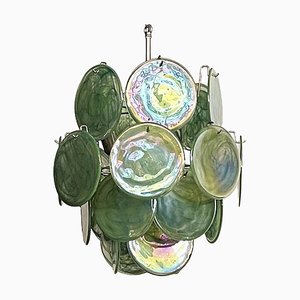
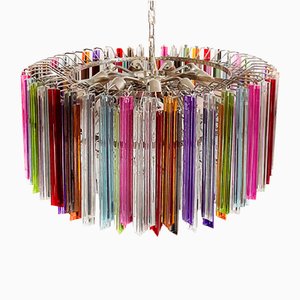
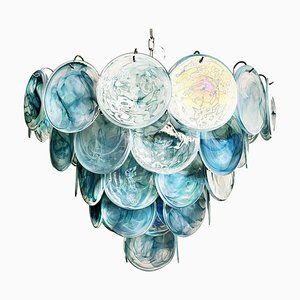
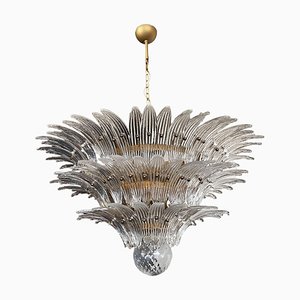

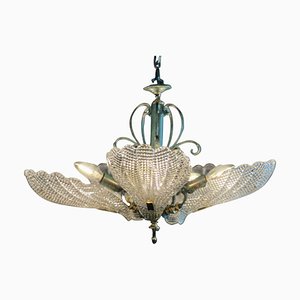
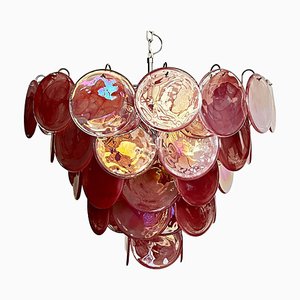
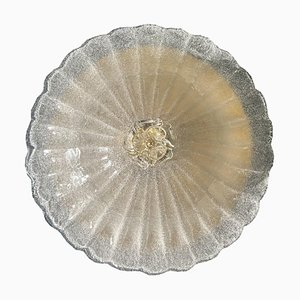
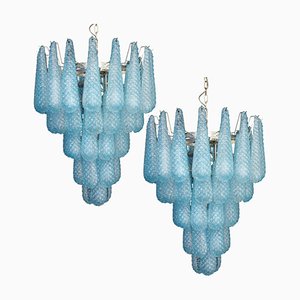
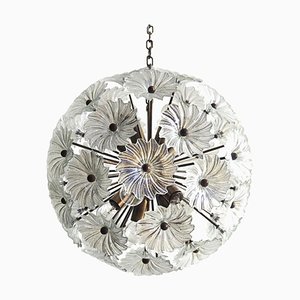
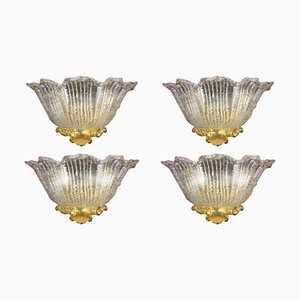
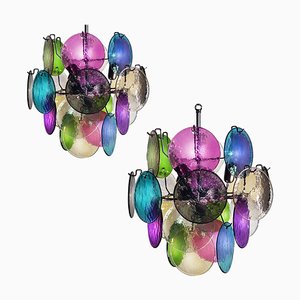
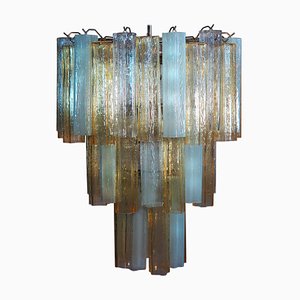
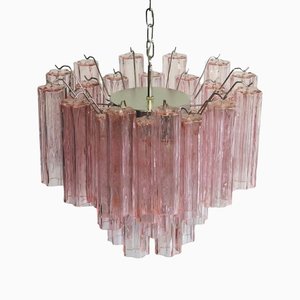
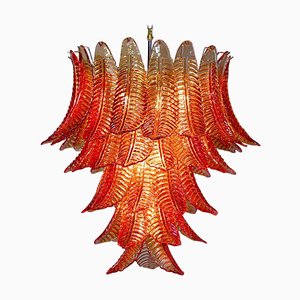
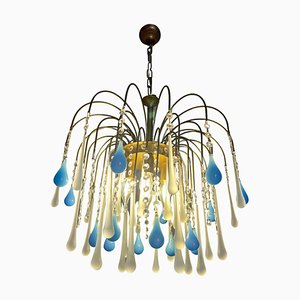
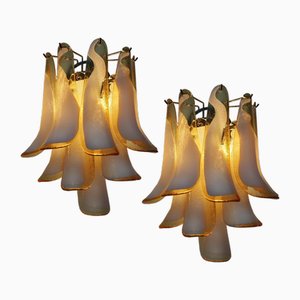
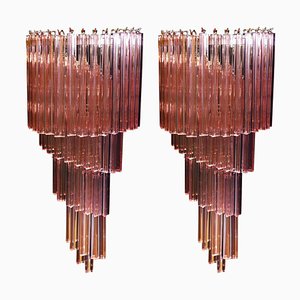
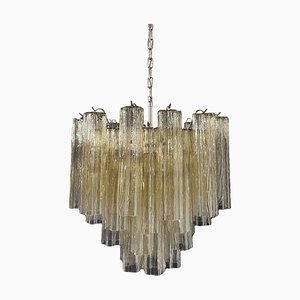

Get in Touch
Make An Offer
We noticed you are new to Pamono!
Please accept the Terms & Conditions and Privacy Policy
Get in Touch
Make An Offer
Almost There!
To follow your conversation on the platform, please complete the registration. To proceed with your offer on the platform, please complete the registration.Successful
Thanks for your inquiry, someone from our team will be in touch shortly
If you are a Design Professional, please apply here to get the benefits of the Pamono Trade Program